What is PPR pipe
PPR, or polypropylene random copolymer, is a type of plastic that is known for its durability, flexibility, and resistance to high temperatures and chemicals. PPR pipes and fittings are made from this material and are used in a wide range of plumbing and heating applications. One of the main advantages of PPR pipe and fittings is that they are easy to install, which makes them ideal for both residential and commercial projects.
The PPR pipe used in hot and cold water system
One of the most popular applications of PPR pipe and fittings is in hot and cold water systems. PPR pipes are ideal for these systems because they can withstand temperatures of up to 95 degrees Celsius, which means they can handle hot water without any issues. PPR fittings are also designed to withstand high temperatures and pressures, which makes them suitable for use in hot water systems.
PPR pipes have a high resistance to pressure, with a recommended working pressure of up to 25 bar at 20°C. They can also withstand temperatures of up to 95 degrees Celsius, making them suitable for hot water systems. PPR pipe and fittings are also resistant to a wide range of chemicals, including chlorine, which can be harmful to other types of pipes and fittings. PPR pipes and fittings are also resistant to corrosion, which makes them ideal for use in systems that are exposed to harsh environments.
PPR pipe and fittings also have a high thermal conductivity, with a coefficient of thermal conductivity of 0.21 W/m.K. This allows for efficient heat transfer, making them suitable for use in heating systems. They are also lightweight, with a specific weight of 0.89 g/cm³, which makes them easy to handle and install. PPR pipes are also flexible, which makes them suitable for use in radiant heating systems.
Other advantage of PPR pipe and fittings
Another advantage of PPR pipe and fittings is that they are resistant to a wide range of chemicals. This means that they can be used in water systems that contain chemicals such as chlorine, which can be harmful to other types of pipes and fittings. PPR pipes and fittings are also resistant to corrosion, which makes them ideal for use in systems that are exposed to harsh environments.
PPR pipe and fittings are also used in heating systems, as they have a high thermal conductivity, which allows for efficient heat transfer. They are also lightweight, which makes them easy to handle and install. PPR pipes are also flexible, which makes them suitable for use in radiant heating systems.
Another advantage of PPR pipe and fittings is that they are environmentally friendly. PPR pipes and fittings are made from a thermoplastic material, which means that they can be recycled. This makes them an ideal choice for green building projects. Additionally, PPR pipes and fittings do not contain any harmful chemicals, making them safe for use in drinking water systems.
Conclusion
In conclusion, PPR pipe and fittings are a versatile and durable option for plumbing and heating systems. They are easy to install, can withstand high temperatures and pressures, are resistant to chemicals and corrosion, have high thermal conductivity, and are environmentally friendly. PPR pipes and fittings are becoming more popular in the plumbing and heating industry, and it's easy to see why. With all these benefits, they are a great choice for any project, whether it is residential or commercial.


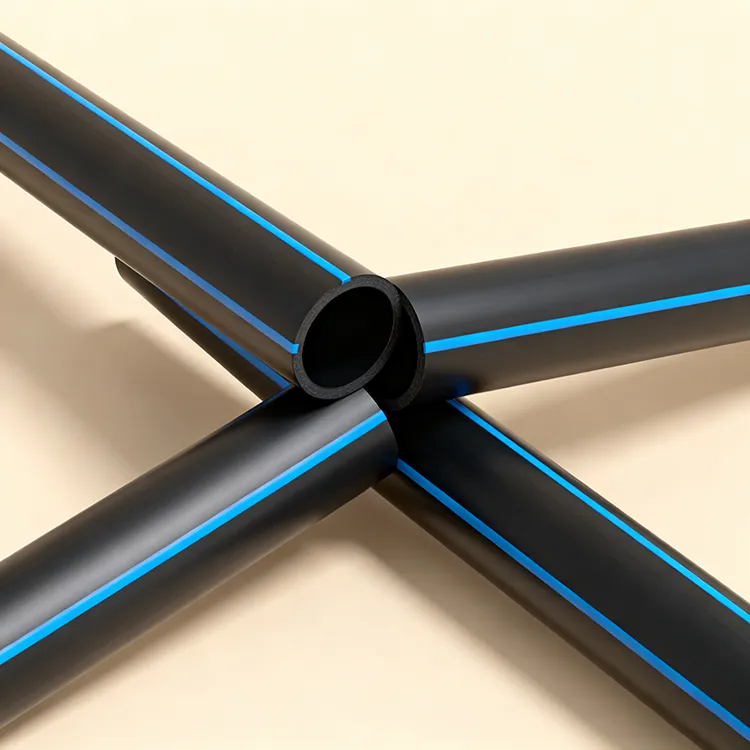
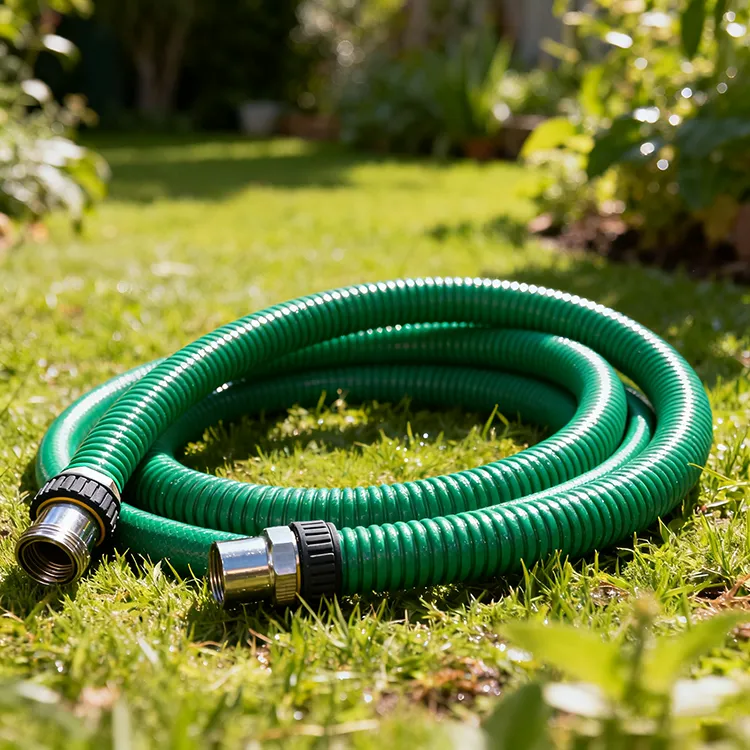

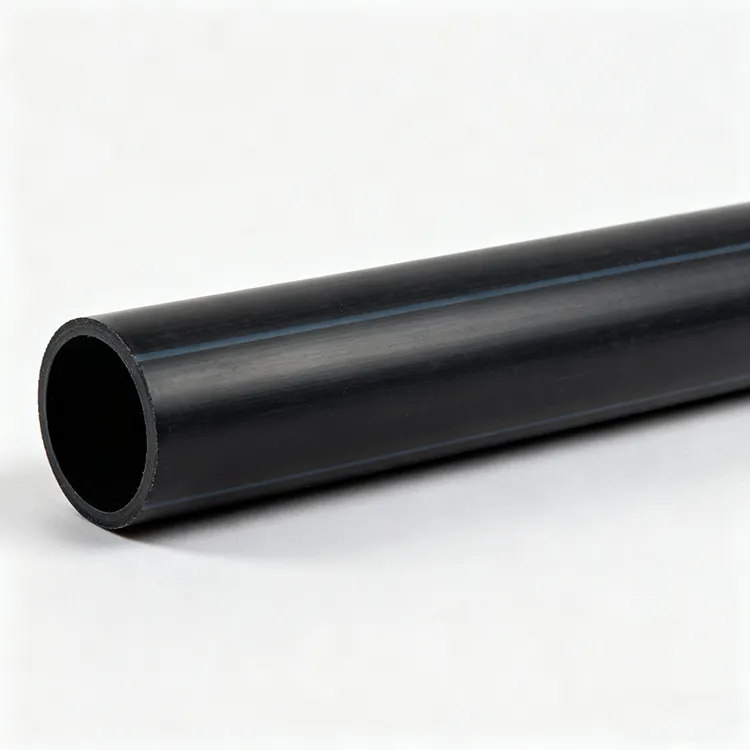
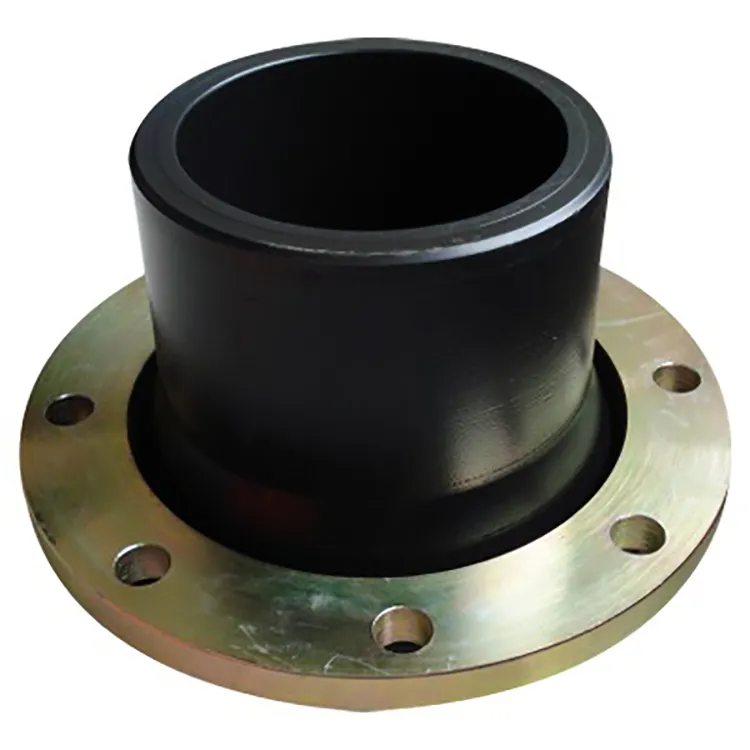


659.webp)
210.webp)
328.webp)
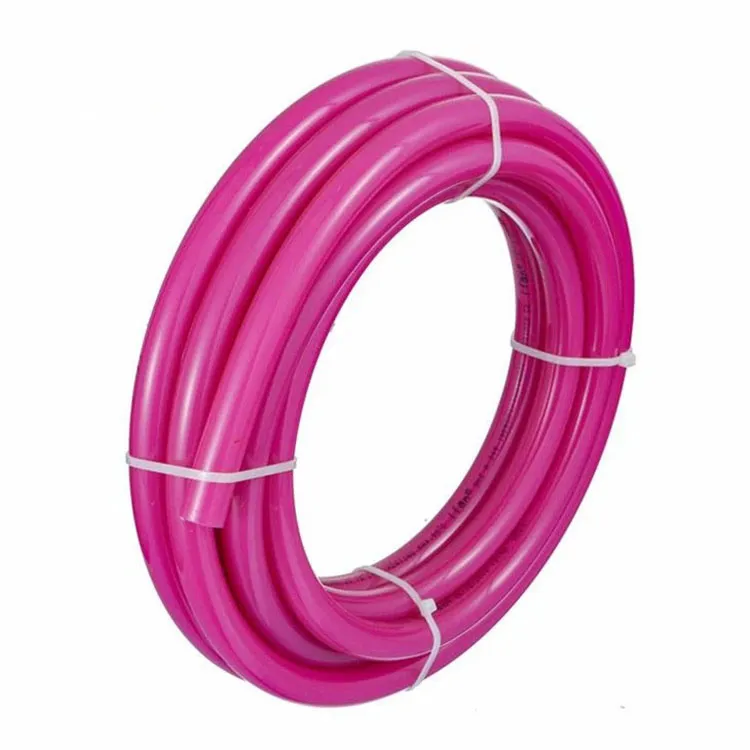
294.webp)
476.webp)


